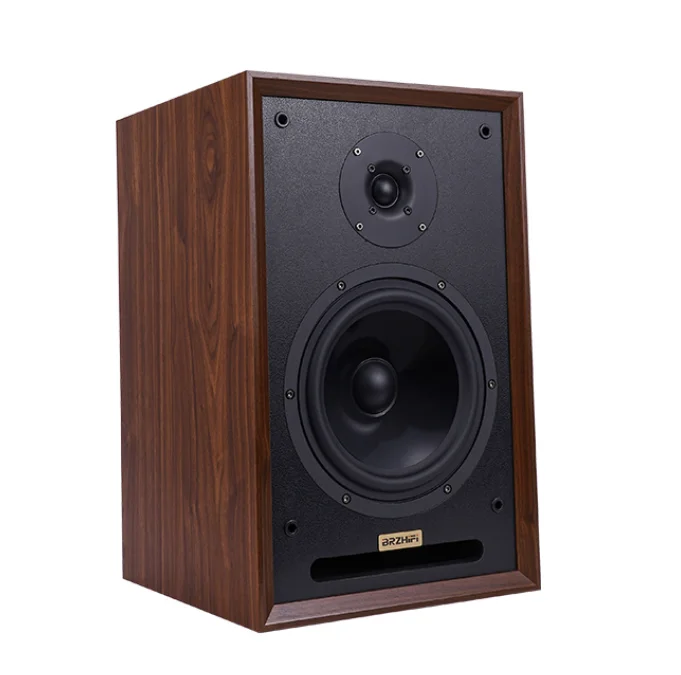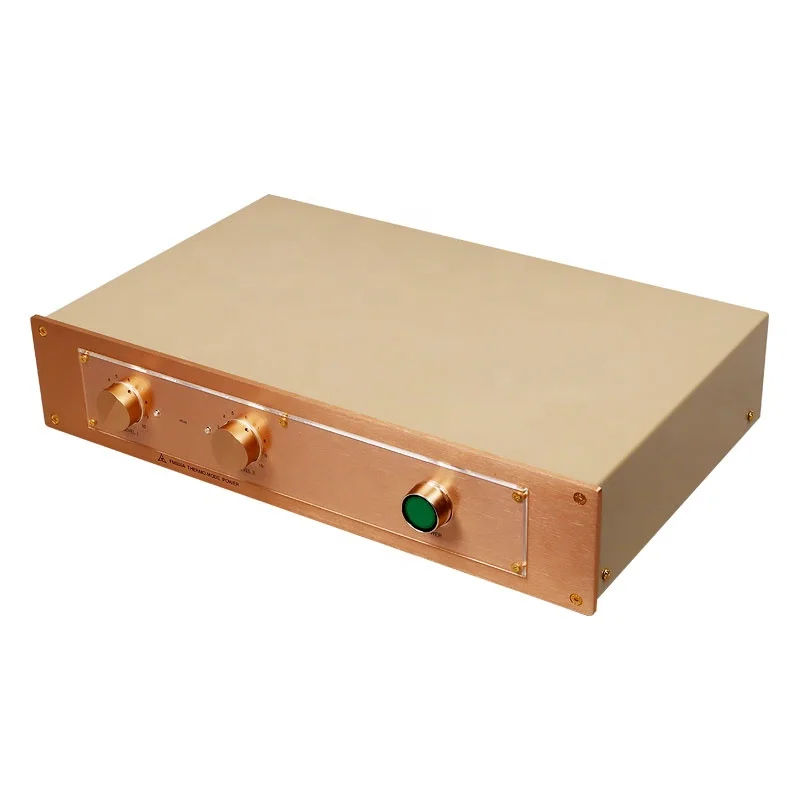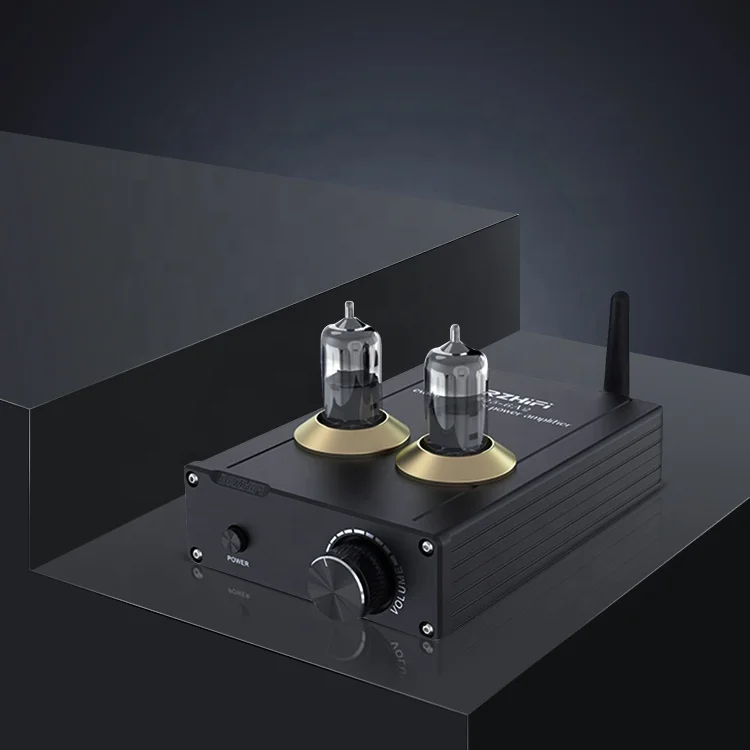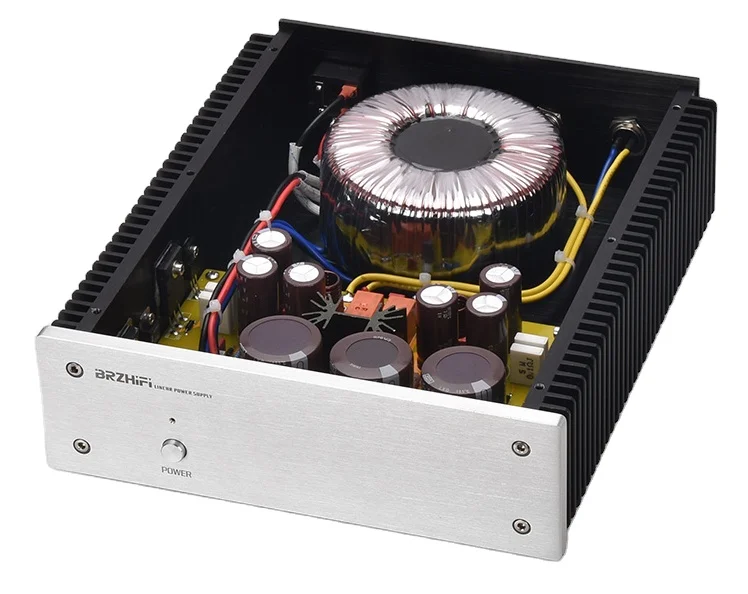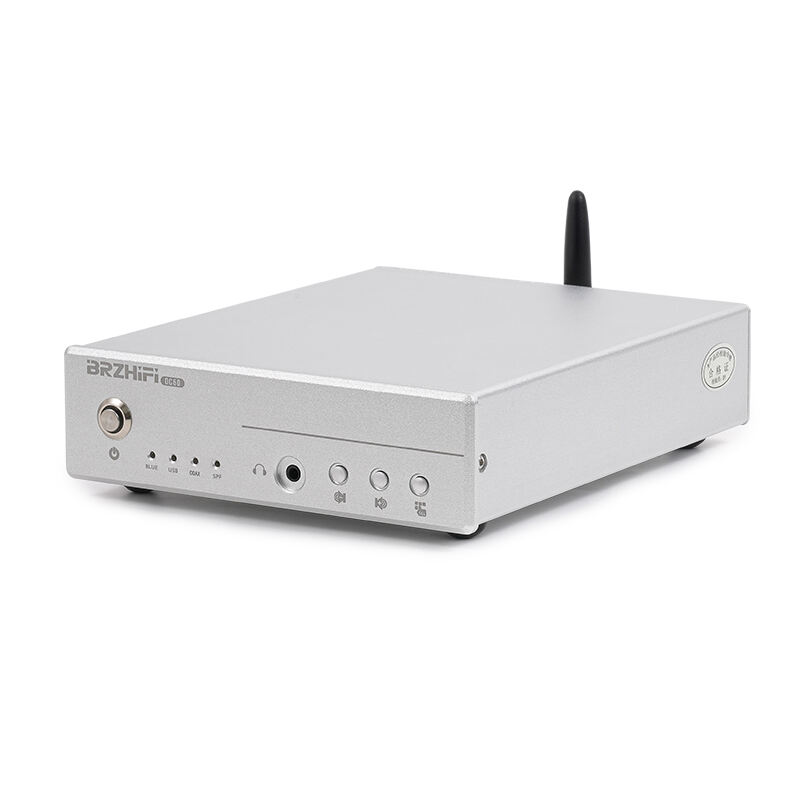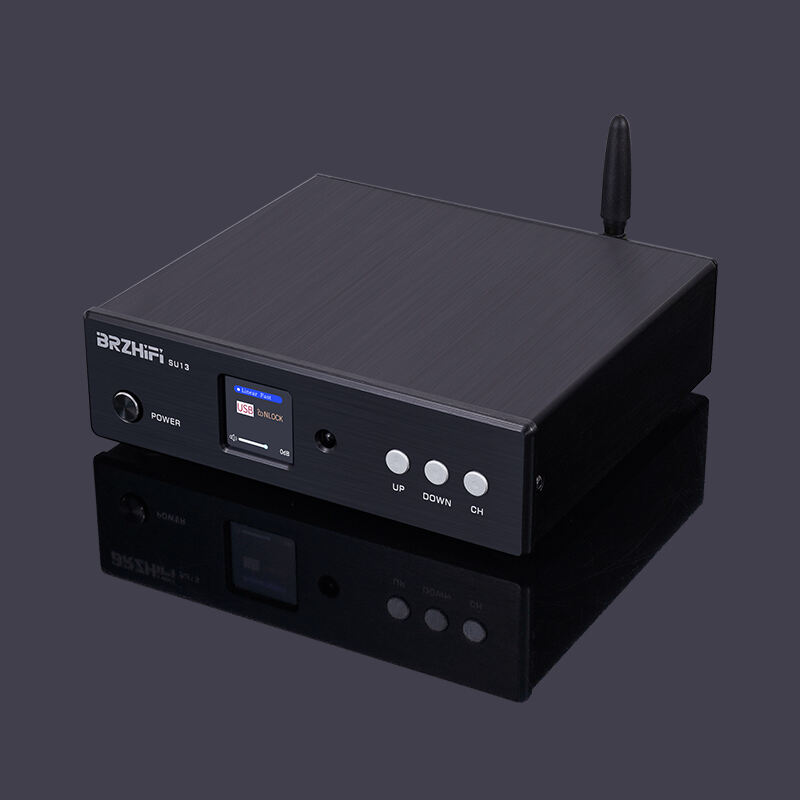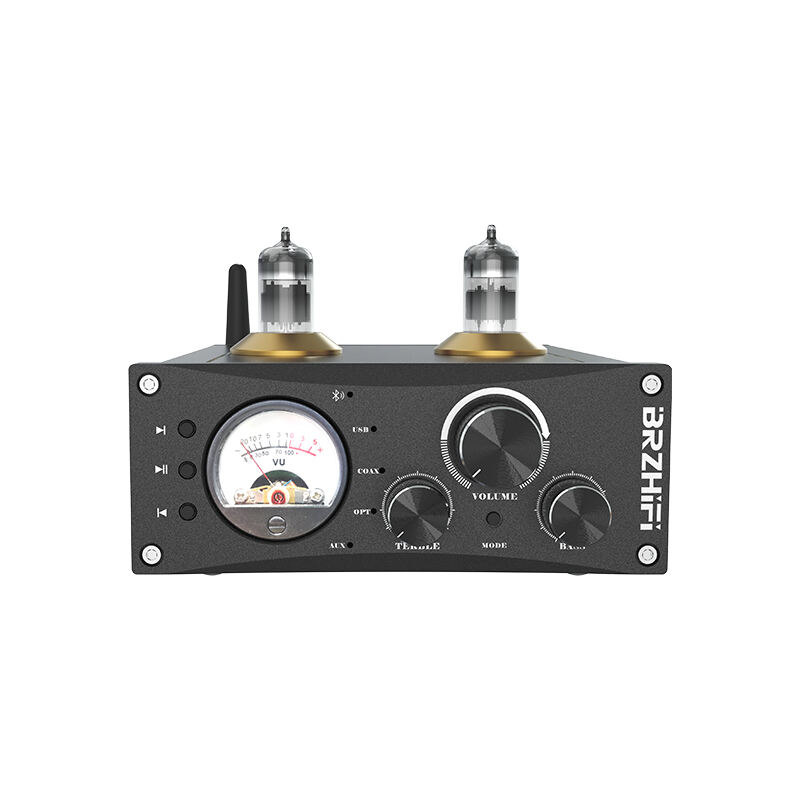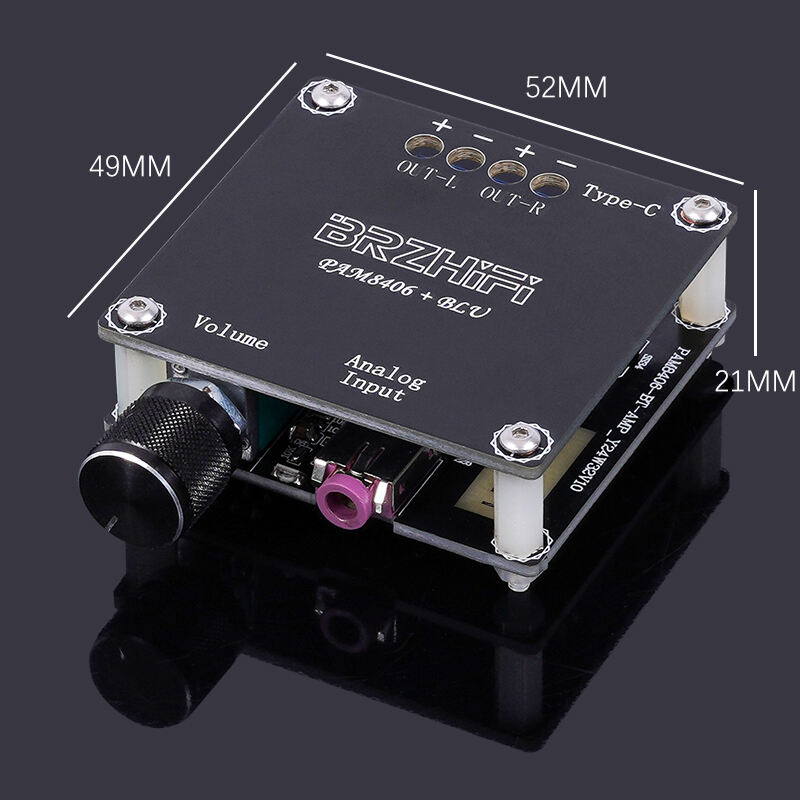class d audio amp
A Class D audio amplifier represents a highly efficient and modern approach to sound amplification, operating through advanced pulse-width modulation technology. Unlike traditional amplifiers, Class D designs convert audio signals into a series of high-frequency pulses, significantly reducing power waste and heat generation. These amplifiers achieve remarkable efficiency ratings of up to 90% or higher, making them ideal for various applications from portable audio devices to high-end home theater systems. The amplifier's switching technology allows for compact design while delivering substantial power output, as transistors in the output stage operate in either fully on or fully off states. This binary operation minimizes power loss through heat dissipation, a common challenge in conventional amplifier designs. Modern Class D amplifiers incorporate sophisticated feedback mechanisms and advanced filtering systems to maintain audio fidelity while suppressing electromagnetic interference. The technology has evolved to overcome historical limitations in sound quality, now delivering performance that rivals traditional amplifier classes while maintaining superior efficiency. Their compact size and minimal heat generation make them particularly valuable in space-constrained applications, such as mobile devices, car audio systems, and slim-profile audio equipment.

